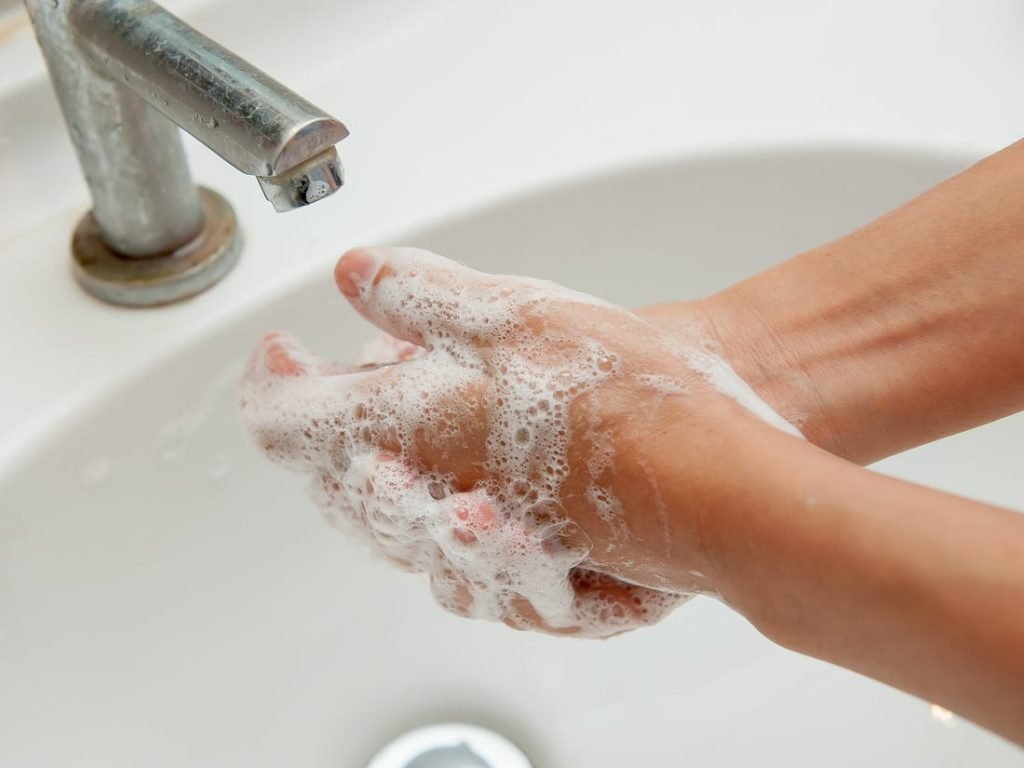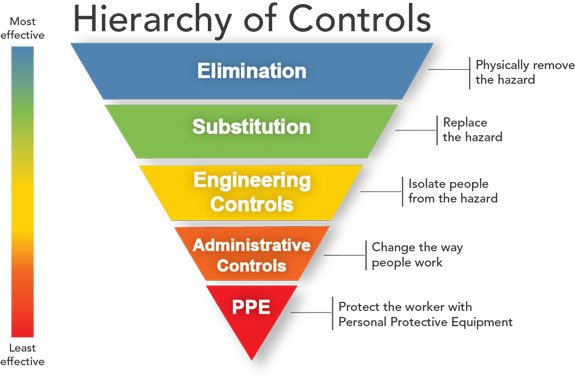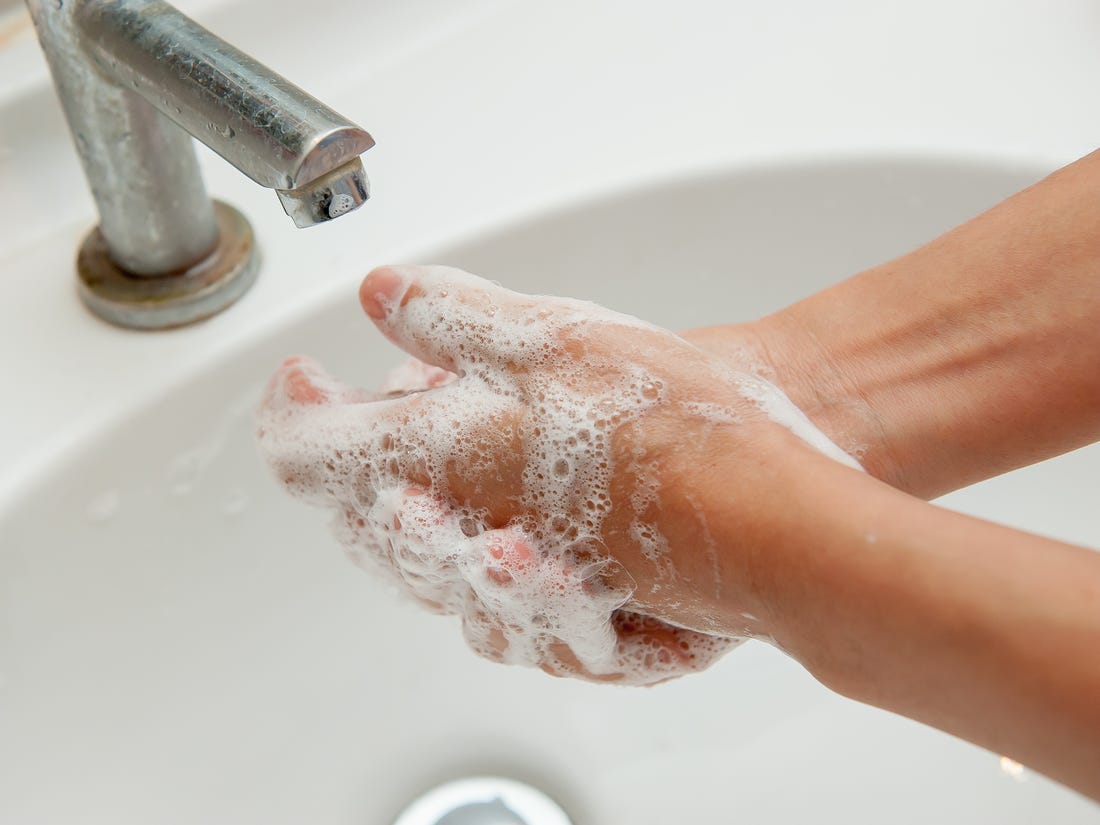We are in the midst of the Coronavirus (COVID-19) pandemic. The world’s human population has no immunity to the virus. And looking at the situation unfold in China, we can see that how we manage our response to the virus will impact:
- The spread of the disease through our populations
- Our hospitals and public health systems
- The treatment of individuals infected
- The mortality rate
- The length of time of the initial infection and the following secondary “wave”
- Supply chain management
- Business continuity
- Recovery
And it most certainly has already affected and will continue to affect your business in a number of ways.
Here are some essential things you need to know and consider when it comes to preventing the spread of COVID-19 in your workplace.

Understanding the Situation
Your company may already have initiated an emergency plan, opened emergency command centers, or you may have taken part in an internal or external Emergency Management Committee. Your actions and plans must be an integral part of any such operation.
No matter what actions have been taken, it’s absolutely critical that safety professionals and practitioners understand that we are still in the very early stages of this pandemic, especially here in North America.
Remember also that there are significant at-risk populations. Hospitalization cases rise dramatically for groups aged 50 and over. Take a look at your demographics and note how many of your people might be more vulnerable.
Certain jobs also carry a higher risk of exposure, including:
- COVID-19 testing and lab staff
- Long-term care
- Medical professionals
- First responders
- Retain operations (especially groceries and pharmacies)
- Delivery personnel
But it’s not just about your team. It’s about the healthcare system as a whole.
What does that have to do with your company? Well, you might have heard a lot of talk about “flattening the curve.” That’s in reference to flattening the curve of infection. It’s a large-scale, society-wide mitigation strategy in which individuals, businesses, and organizations all do what they can to slow the spread of the virus.
Note that I didn’t say “stop” the spread. The idea is to slow it down so we don’t experience a spike in cases of COVID-19 infections, which would overwhelm our response systems, hospitals, and healthcare, testing, and treatment facilities.
This is something that is incredibly important to know but isn’t as widely understood as it should be. It’s important, therefore, to communicate it to your executive team and workforce, and to do it now.
Communicating with your workforce will be a daily task. Updating your workers regularly will help keep them safe, informed, and ready for the challenges they will face.
And remember to get all your information from reputable sources. Stick to the science and the facts. Concern, worry, and fear are manageable – panic is not.
(For more information and to assist your planning, I recommend reading the WHO Collaborating Centre for Infectious Disease Modelling’s report Impact of non-pharmaceutical interventions (NPIs) to reduce COVID-19 mortality and healthcare demand.)
COVID-19 Is a Workplace Hazard
COVID-19 is a virus, and as such, it is a workplace hazard. It is new and there is no vaccine to protect against it. Researchers are developing one, but we may be as much as a year from it becoming available. Limiting exposure and personal risk, then, will require immediate action and proven hazard control methods.
Some of those methods, like the administrative controls of washing hands and staying home if we are sick, are basic. So is contacting the public health systems that are already up and running to manage care system response.
Filtration and ventilation systems can also act as elimination controls. Discuss these with the manufacturer of your HVAC systems or your HVAC maintenance companies to learn what is most effective.
Your mitigation plan must also recognize that additional PPE requirements are an absolutely key element. You should be training all workers in the use of relevant PPE, event those who previously did not use any PPE to carry out their work tasks.
In this case, one of the best controls is allowing employees to work remotely. However, working from home is not possible for everyone and every line of work, so additional controls are important for employees who must remain on the floor or in the field.
When distributing your resources and determining your focus, OSHA, the CDC, and NIOSH all direct you to follow the hierarchy of hazard controls.

(Disinfecting surfaces is going to be a regular task for almost every worker. Find the information you need in these resources on infected surfaces, effective disinfectants, and EPA-registered disinfectants.)
It is also critical to keep up with and follow advice, direction, and orders from OSHA and the CDC in the United States and Health Canada for Canadian workplaces, along with the recommendations of federal, state, provincial, and territorial health and government authorities.
Being proactive is essential because there is a lag time between decisions made now and seeing tangible results. Increasing handwashing, using additional PPE, and limiting person-to-person contact might not have any noticeable results at the moment, but it will mean a reduced rate of infection in the near future.
You Need Plans in Place – Yesterday
Your workplace should have three plans in place (or a comprehensive plan with elements of all three):
- A business continuity plan
- An emergency plan
- An infectious disease response plan
You are most likely well down the road in making some basic hazard and risk determinations, such as:
- Are we an essential service that must remain open? Will our workers come into contact with ill, self-isolated individuals or the general public?
- How many of our workers will be directly exposed to other potentially infected people during the course of their regular duties?
- Is our business changing? How do those changes impact our existing safety systems? Distilleries, for example, are using their products (alcohol) to manufacture hand sanitizers – how are we adapting?
- How are public health measures impacting our supply chain and our ability to deliver our services?
If you don’t have a plan, create and implement one immediately. Determine how to manage the situation and move your business forward. Do a “self-check” (audit/review) by comparing your plan and your company’s actions to the science and the factual advice and direction of health experts.
Response time is critical. You must put your plan in place and follow the direction of the relevant authorities as quickly as possible. There is no time for a slow roll-out.
(For more advice on this, please consult the CDC’s Interim Guidance for Businesses and Employers.)
This Is Only the Beginning
As I mentioned above, we are only in the early stages of this pandemic. Every company needs a quick but sustainable plan of action. How you respond now will make all the difference.
So keep learning about the virus, how it spreads, and how the situation is unfolding. Communicate with personnel at all levels. And implement controls and monitor your response plans throughout.
(Here are some great factsheets from the CDC. Use them to assist your communication efforts.)
In the end, the methods we use to control for this hazard are no different than the ones we use to control any other hazard. The only difference is the scale – a huge number of industries are affected and almost every worker could be potentially exposed.
This also goes beyond individual workers. An infected worker can spread the virus to family, friends, and any other people they come into contact with – from cashiers to passerbys.
So, talk to your suppliers and manufacturers about the materials and equipment you will need. They are also gearing up to make sure the supply chains stay intact. And remember that when you introduce new equipment and procedures, you must train everyone.
This pandemic will get worse before it gets better. As safety professionals, this is our moment. We are being called upon to lead by example and provide the absolute best service we can.
Stay safe. Keep your workers and their families safe. We will get through this as long as we all do our part.




